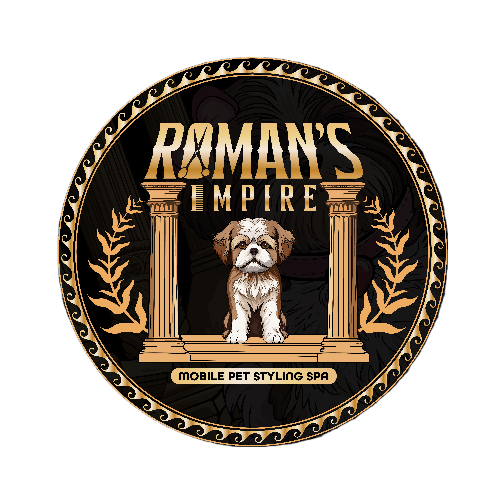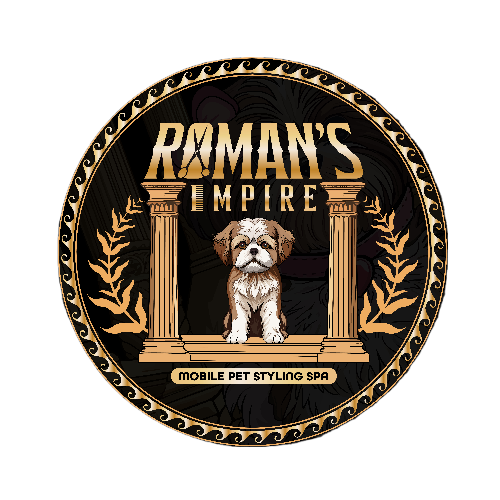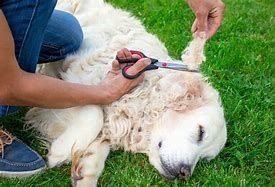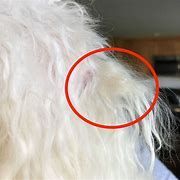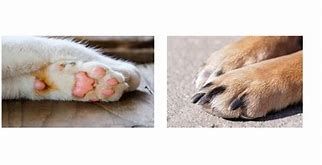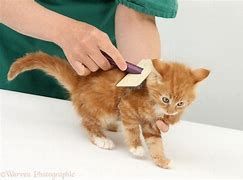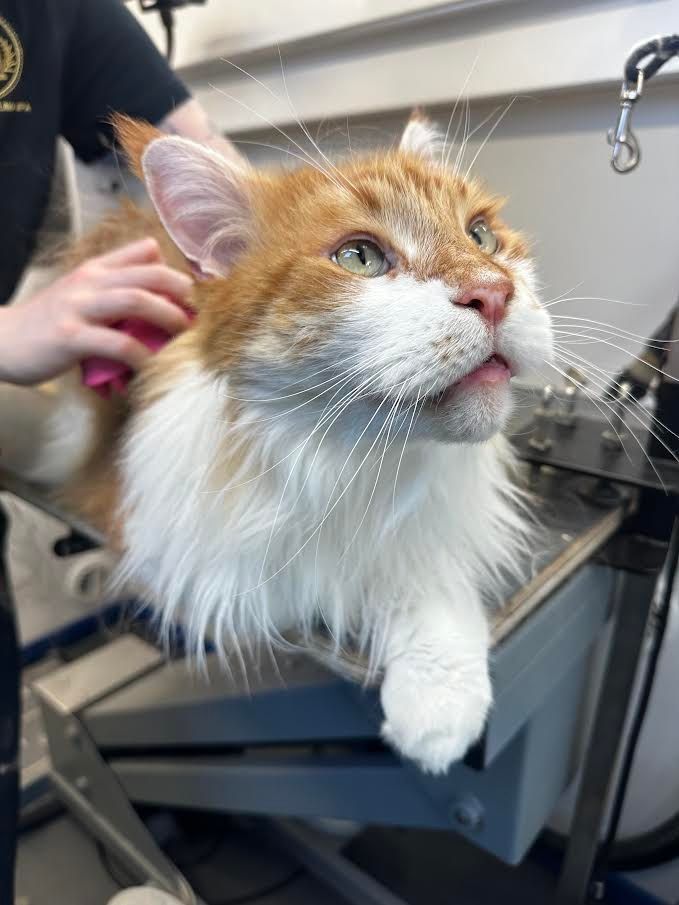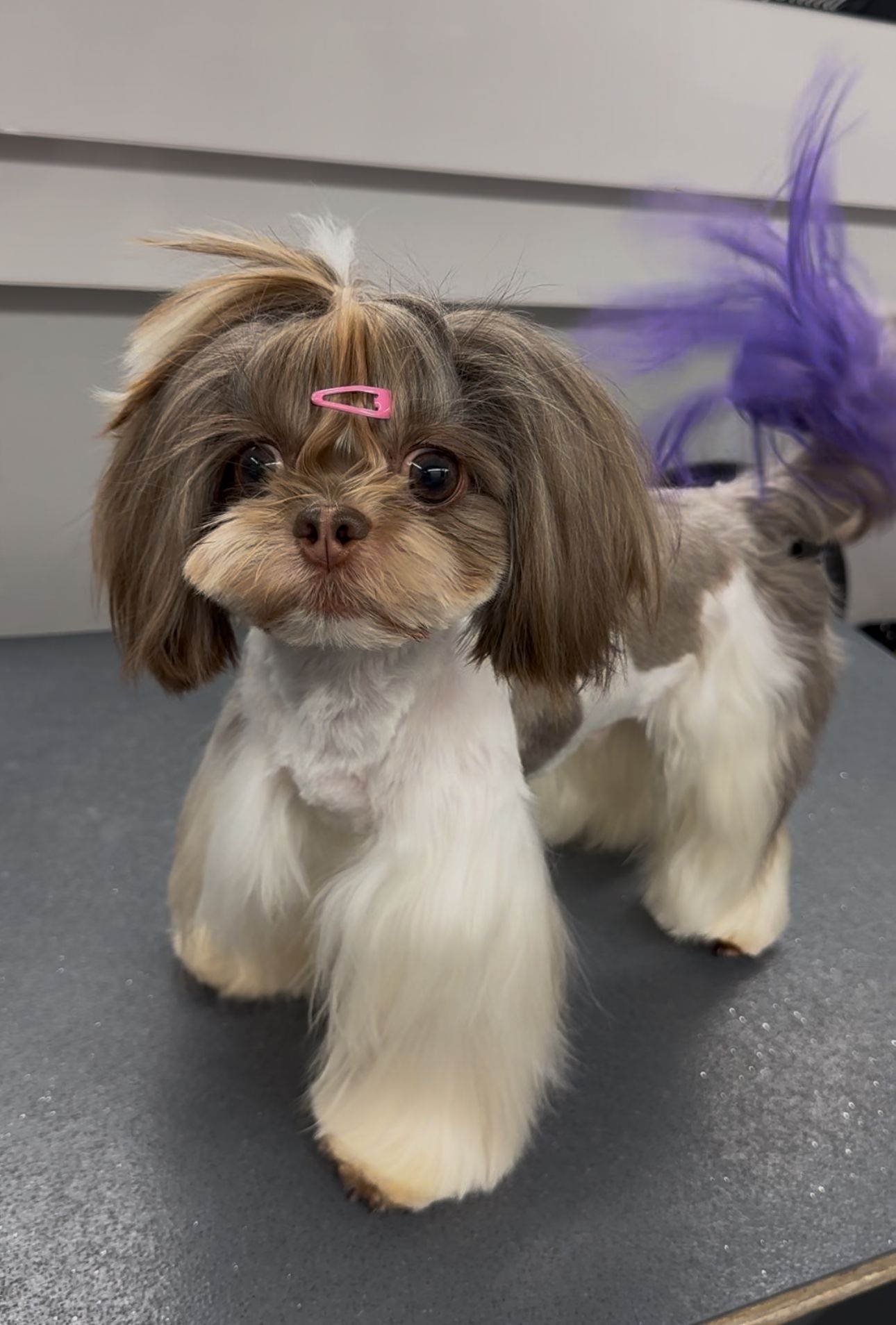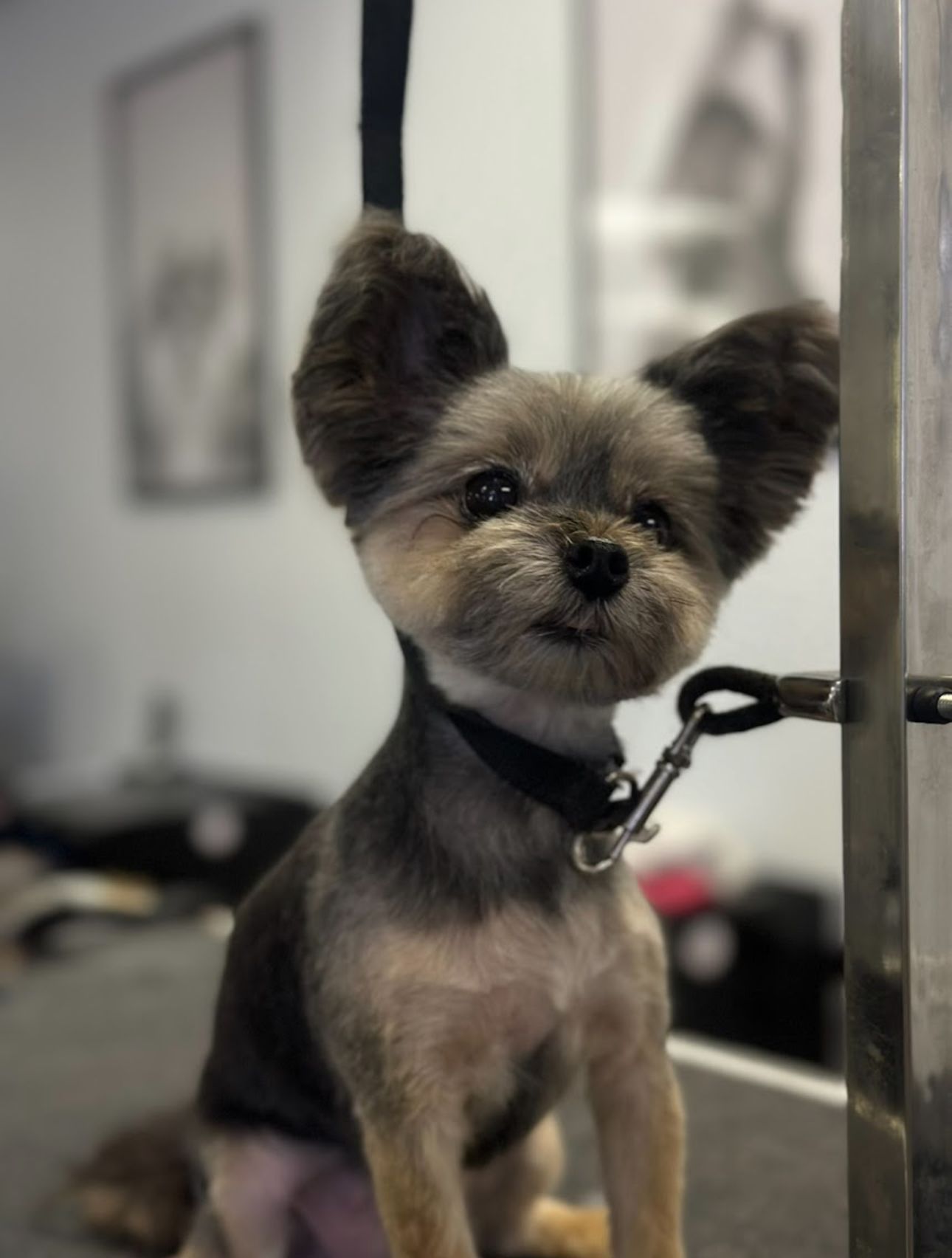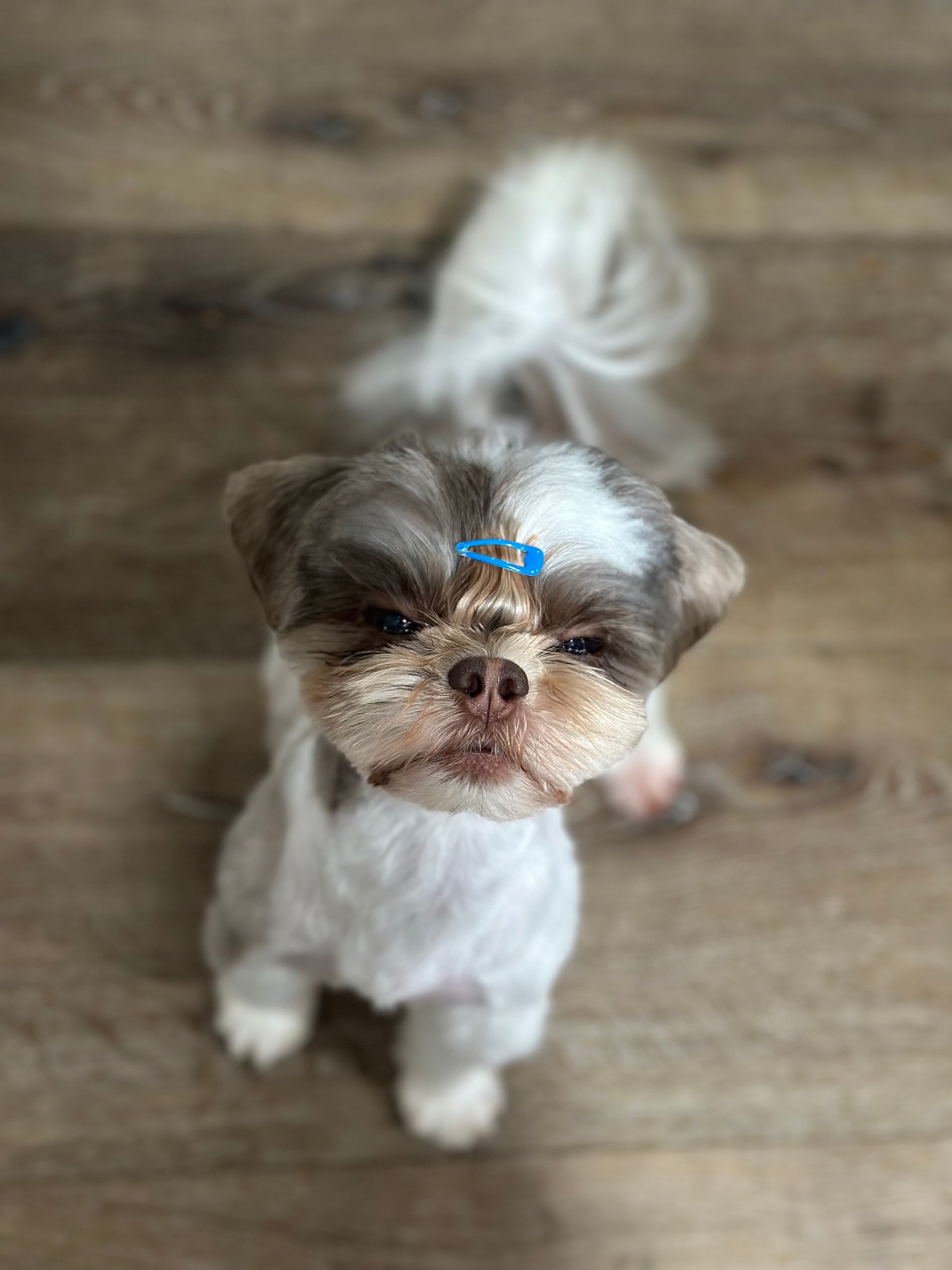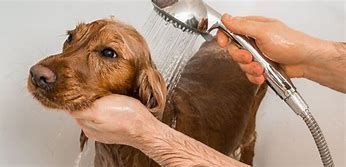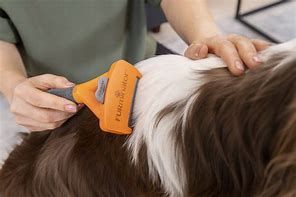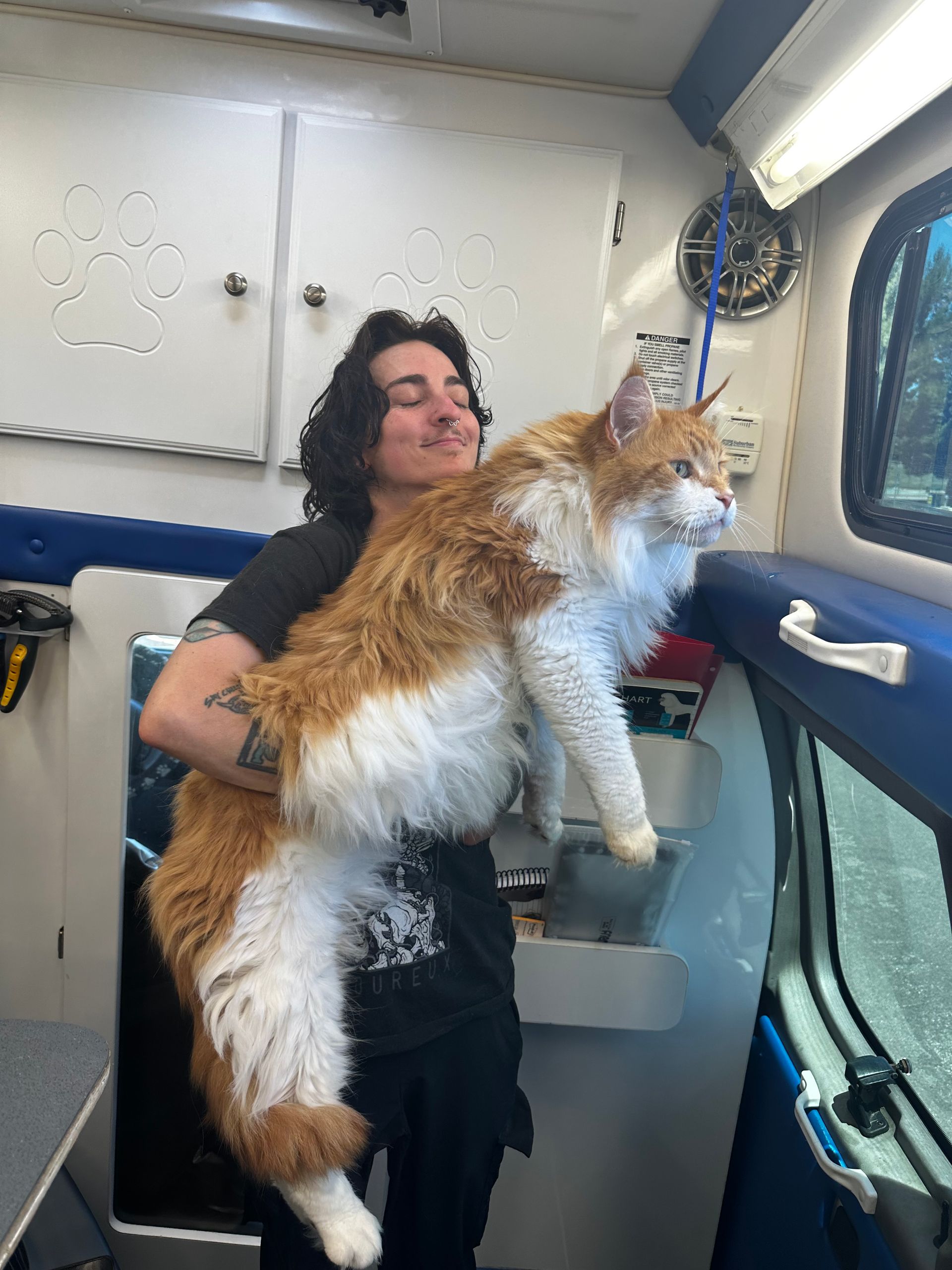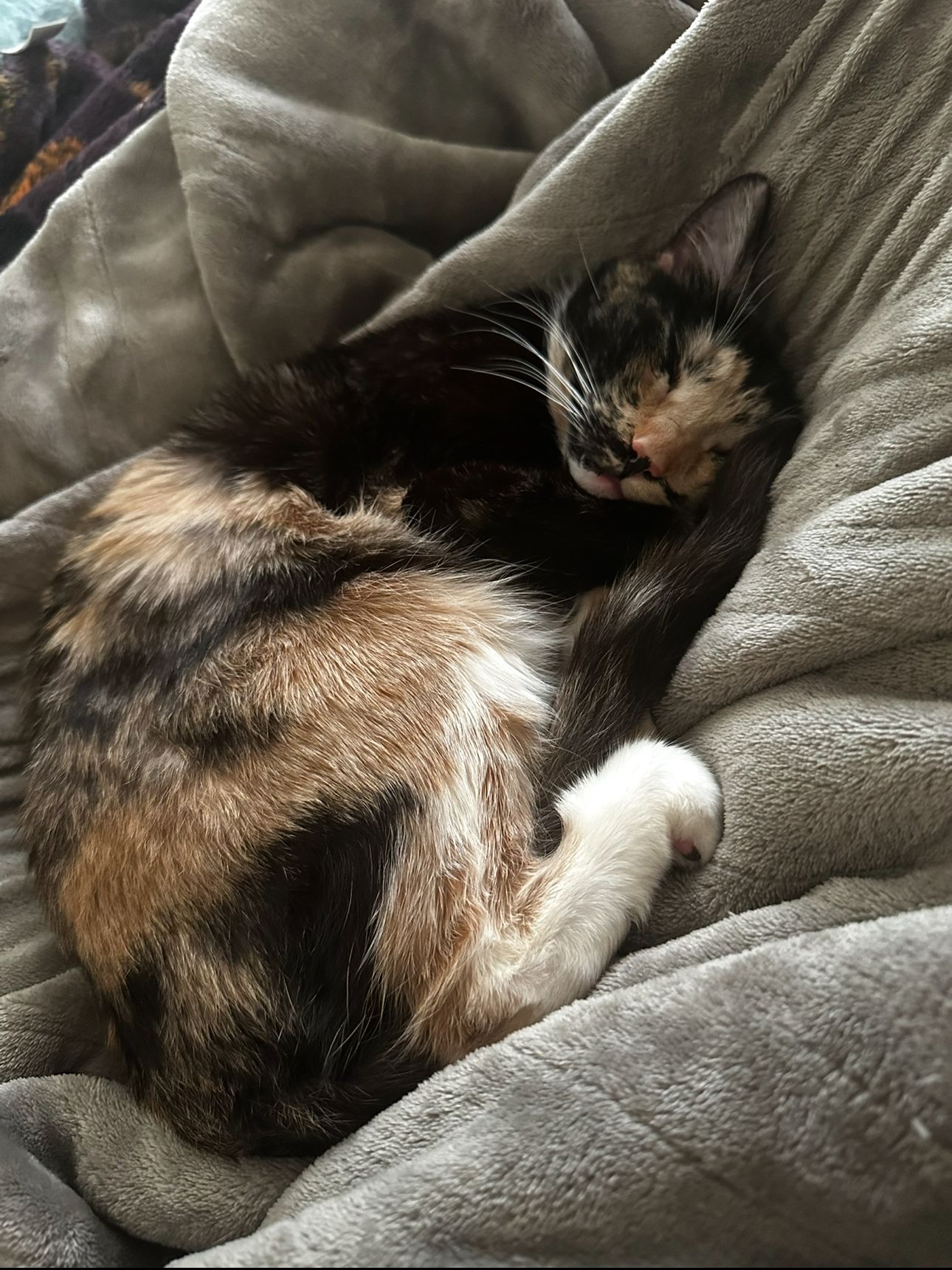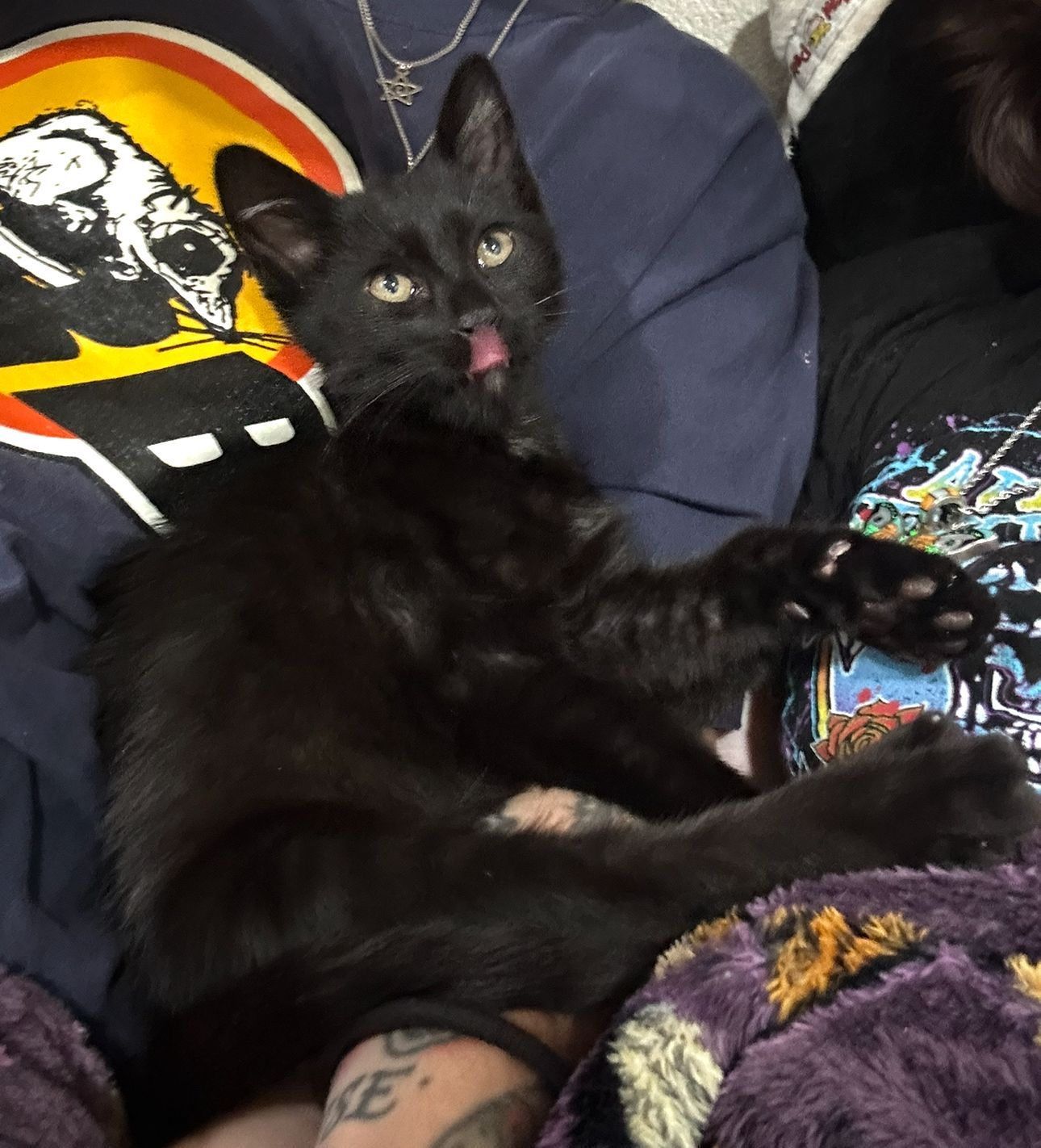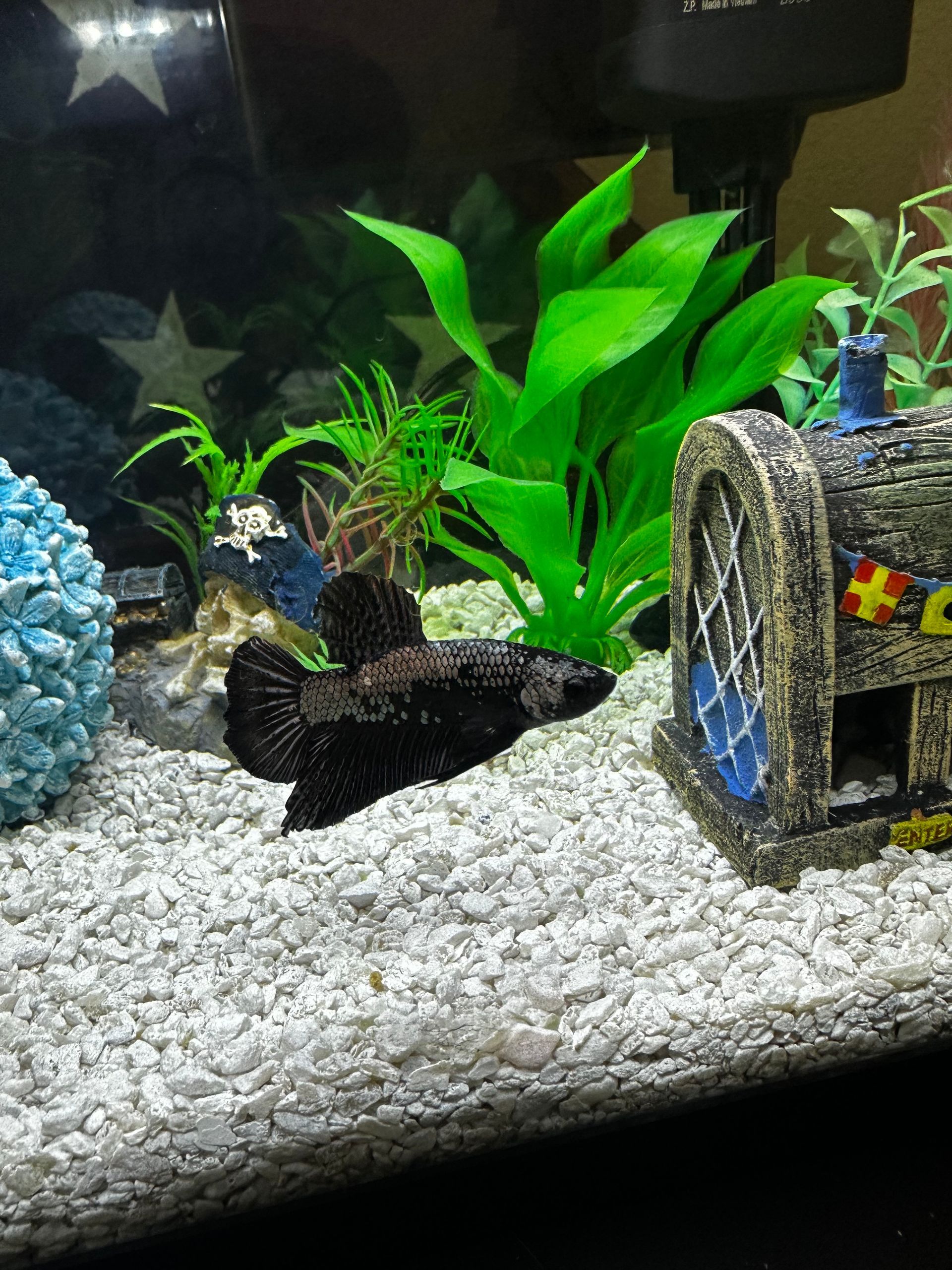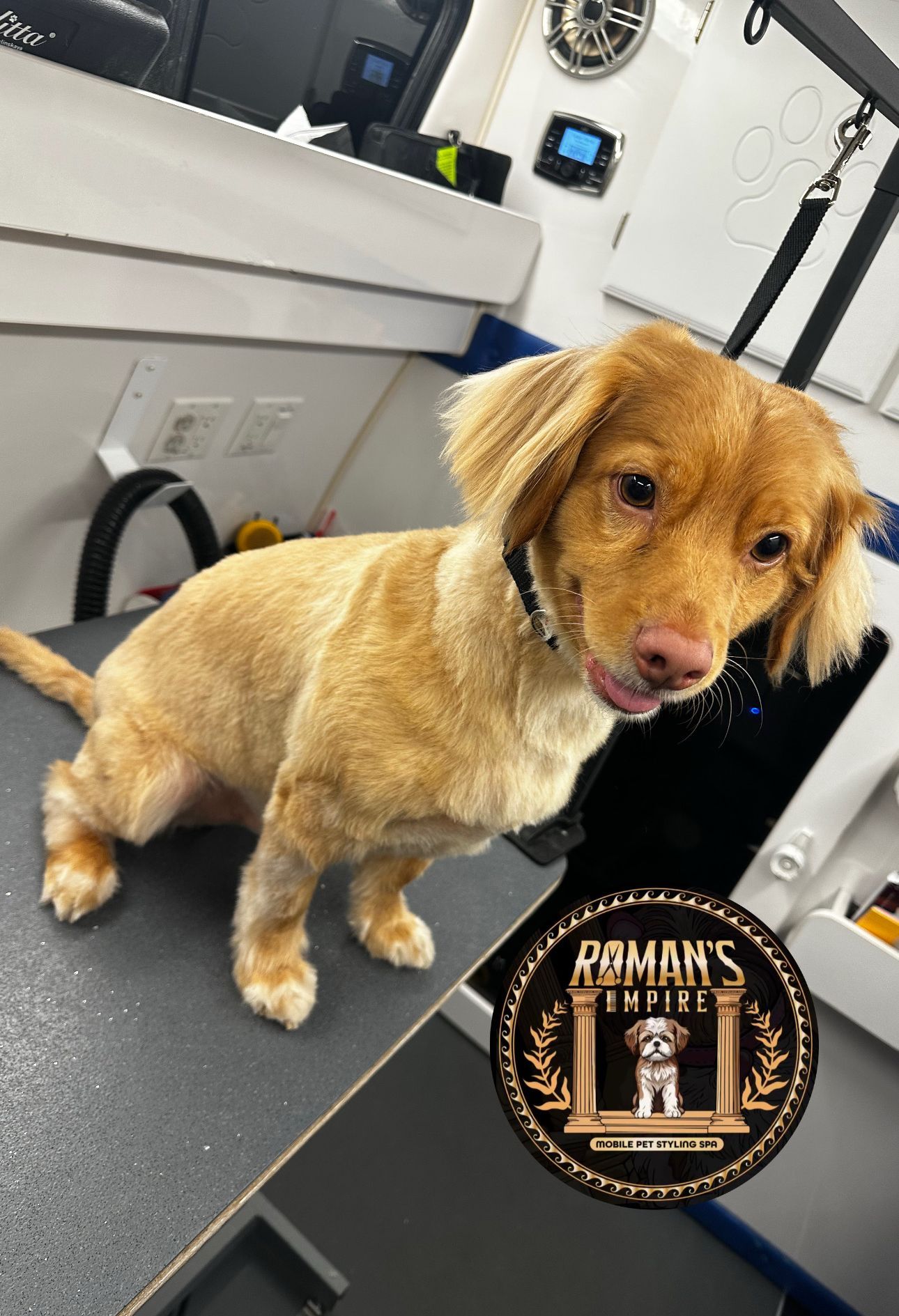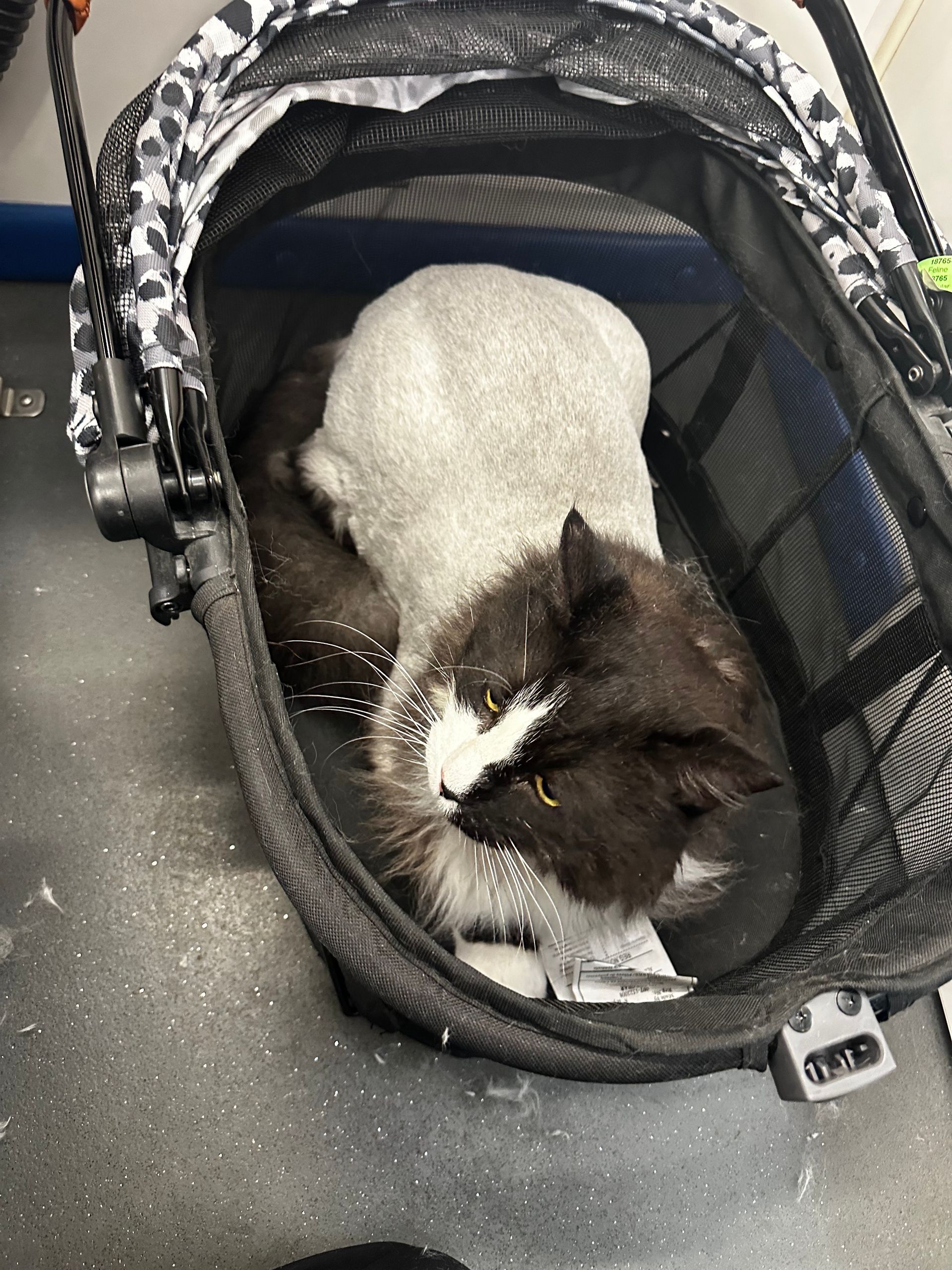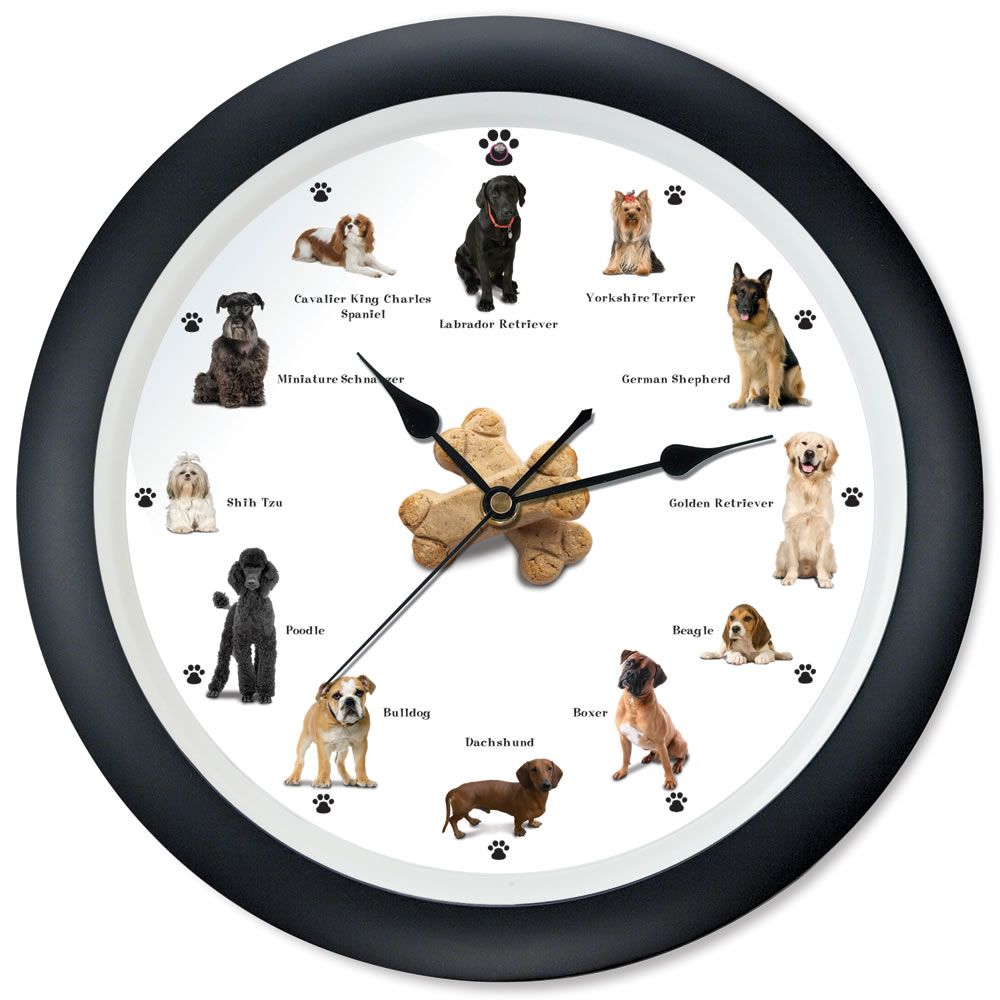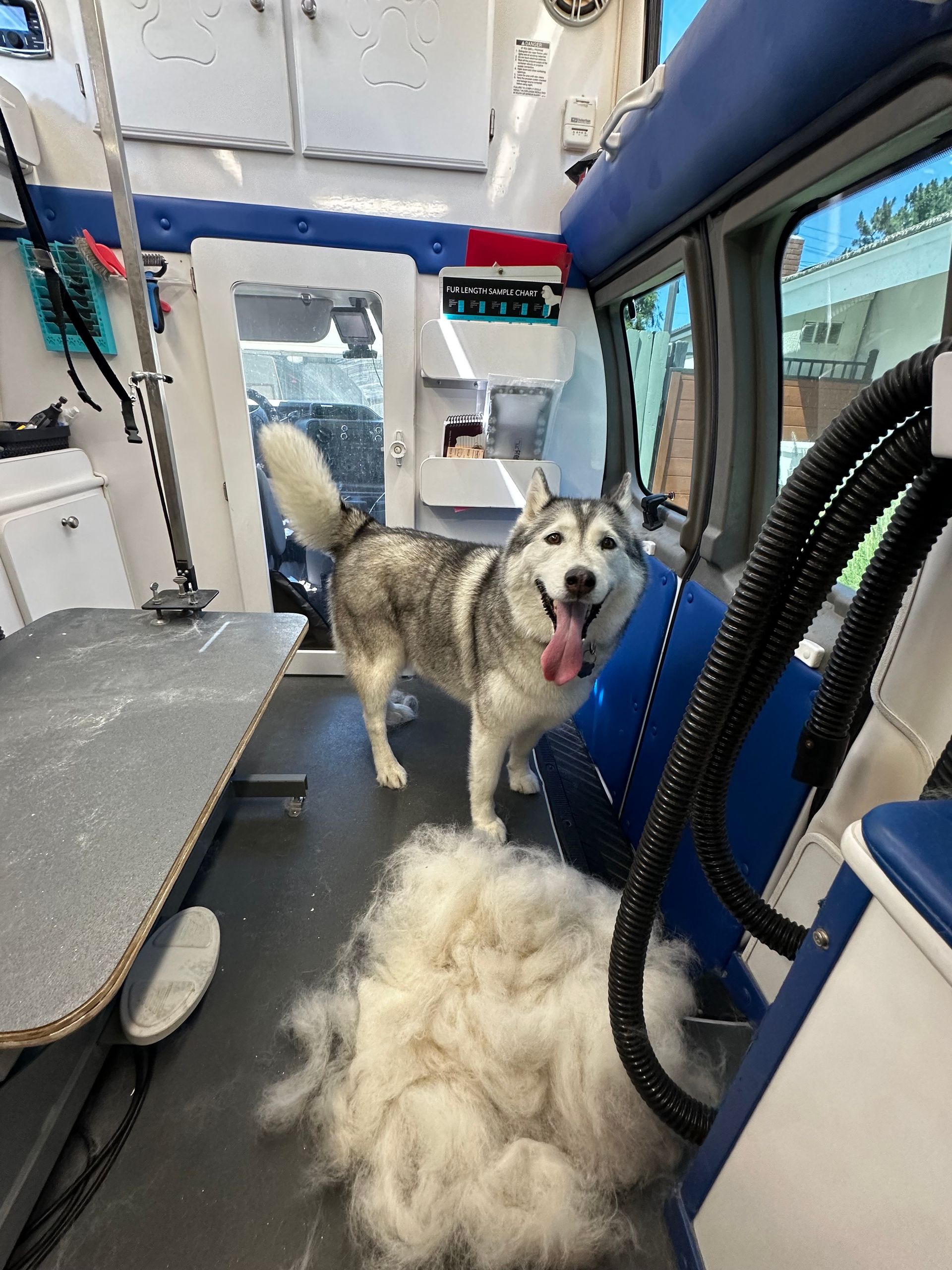It's Not Just a Pet Wash: What Professional Grooming Actually Involves
The Misconception: "You Just Wash Dogs, Right?"
On the surface, grooming might look like a fancy bath with a blow-dry, however this misses the bigger picture and does a disservice to the pets we care for. Grooming is far more than scrubbing with soap and hoping for the best. It's a highly specialized profession that demands knowledge, skill, and care in areas most people never see.
True professional grooming is a blend of science, anatomy, behavior and breed knowledge, proper handling, specialty tools, and skilled technique. We're not just washing dogs--we're working with their physiology, psychology, and safety in mind.
Breed Knowledge Is Everything
Different breeds come with different grooming requirements, coat types, temperaments, and potential health concerns. Grooming a poodle is not the same as grooming a husky--or a chihuahua. Understanding these differences isn't just helpful-- it's critical.
"Well, duh, grooming a poodle isn't the same as grooming a husky or chihuahua." Duh, indeed--now can you tell me the difference in temperament on the grooming table, why it's important, handling, product and tool requirements as well as equipment relied on for each groom? Probably not.
A few examples:
- Poodles & doodles: Require routine trims, cuts, coat maintenance, and careful coat care due to their curly, continuously growing hair.
- Double-coated breeds (e.g., Golden Retrievers, Huskies): Need deshedding during specific coat-blow periods, or regularly in warm climate--not shaving, which can cause coat damage.
- Terriers: Often benefit from hand stripping to maintain coat texture and skin health.
Without breed knowledge, it's easy to cause long-term coat damage or contribute to discomfort and skin conditions.
Coat Knowledge & The Hair Life Cycle
Dogs and cats have vastly different coat types, and each breed has its own growth patterns, shedding cycles, and grooming needs. Professionals know the3 key coat cycles:
- Anagen (growth phase): Breeds like poodles and Shih Tzus have hair that stays in this phase-- meaning it grows until cut. They must be groomed routinely.
- Catagen (transition phase): A short rest before the hair stops growing and the follicle shrinks.
- Telogen (resting/shedding phase): Double-coated dogs like labs or huskies have hair in this phase most of the time. They shed in cycles and shouldn't be shaved unless for medical reasons. Cats' hair growth cycles differ significantly--typically staying in telogen longer, which is why they shed more consistently year-round and need very different grooming approaches based on this fact alone.
Understanding where a breed falls in these cycles determines how you care for the coat without disrupting its natural function--something DIY grooming almost never considers.
Behavior & Body Language Knowledge = Safer Grooms
Grooming isn't just physical--it's emotional. A skilled groomer understands how to read:
- Signs of fear or stress
- When a pet is overstimulated and needs a break
- Subtle cues that prevent bites or panic responses
At Roman's Empire, we are Fear-Free Certified, meaning we use techniques that reduce anxiety, promote cooperation, and protect your pet's nervous system long-term. That's not something you get at a DIY dog wash station. Explore why your dog shakes here.
Health & Medication Awareness
A groomer must always be alert to:
- Skin conditions (hot spots, yeast, fleas, tumors, etc.)
- Lumps or growths
- Eye or ear infections
- Pain responses or age-related issues that affect handling and drying
- Lameness or soreness the owner hadn't noticed
- Medical conditions knowledge, symptoms, and procedures
These observations often allow owners to catch issues early. We're not vets--but we're frontline responders to what's happening on and under your pet's skin.
Explore how grooming can agitate or exacerbate preexisting conditions.
Product, Tool, and Equipment Knowledge: It's Not One-Size-Fits-All
Every product used at Roman's Empire is chosen based on coat type, sensitivities, and current condition. This Includes:
- Shampoos for specific skin conditions
- Conditioners that match coat type
- Drying techniques that prevent coat damage or overheating
- Aloe scrubs, balm, and finishing sprays to promote skin wellness and long-lasting comfort
Using the wrong product or tool--or even just rinsing poorly--can cause long-term coat and skin damage.
Professional grooming isn’t just technique — it’s sustained by tools that demand respect. Every comb, brush, clipper, and shear in a pro’s kit is an investment. These aren’t big-box products — they’re built for longevity, precision, and coat preservation. And they’re expensive.
Each tool comes with its own maintenance schedule: clippers need regular blade drive replacements and motor servicing; shears and blades require sharpening by trusted specialists or they’re toast. Even brushes and combs wear quickly and must be rotated often — using a dulled edge or warped tine risks coat damage and client complaints.
Then there’s the van. Mobile groomers juggle HVAC systems, generators, plumbing, electrical components, water tanks, and air filtration — all of which need consistent upkeep to avoid service disruption. When something fails, it’s not just an inconvenience — it’s lost time, income, and trust.
You can’t maintain high standards without high-functioning tools — and you can’t keep them high-functioning without regular reinvestment. It’s not glamorous, but it’s essential to doing this job well.
The Intangibles: What Can’t Be Taught
Professional grooming isn’t just about technique — it’s about presence. There are qualities that can’t be taught in a classroom, but are essential to a successful grooming experience. These include:
- Leading with Confidence: Dogs and cats sense energy before anything else. A groomer must step into the space with calm, grounded authority — not dominance, but clarity and control. This helps pets feel secure and reduces anxiety.
- Balanced Assertion and Care: Knowing when to be firm and when to be gentle isn’t something you can memorize. It comes from experience, intuition, and empathy — reading the pet’s body language and adjusting moment by moment.
- Emotional Regulation: Grooming isn’t always smooth. A professional must remain steady and composed even when a pet is reactive or the process becomes challenging. Emotional neutrality keeps the animal from escalating.
- Clear Boundaries with Compassion: True skill is knowing how to set limits without punishment or fear. It’s respecting both the dog and the process, creating an environment where trust can grow.
- Energy Awareness: Animals are sensitive to nervousness, frustration, or hesitation. A skilled groomer brings self-awareness into every session, showing up emotionally attuned and present.
These are the qualities that transform grooming from a transaction into a relationship. You can’t teach this kind of presence — it’s cultivated through dedication, experience, and a deep respect for the animals in our care.
Professional Skill, Trained Hands, and Creative Vision
A "dog wash" doesn't require:
- Understanding breed standard trims
- Years of practice learning how to hand scissor or style
- Muscle memory for safely maneuvering blades around delicate anatomy
- Artistic skill to shape heads, legs, skirt lines with symmetry and finesse.
Professional grooming is part medical hygiene, part creative trade, and part emotional care. And the outcome depends on all three being done well.
Groomers study breed-specific cuts, coat texture expectations, and grooming symmetry to maintain or creatively enhance a pet's appearance. This requires extensive book knowledge and hands-on training that often requires years of craft to produce quality results.
Explore why haircuts aren't that much more than baths.
Cat Grooming Is a Whole Other Discipline
Cats aren't small dogs--and cat grooming isn't just a scaled-down version of dog grooming. In fact, ethical facilities require years of incident-free dog grooming to even be considered as a candidate to learn cat grooming.
Their anatomy, coat structure, behavior, and handling needs require a totally different skillset and knowledge base.
Feline Hair Life Cycle & Coat Needs
Cats have a faster, more reactive hair cycles than most dogs. Their coats are built for rapid seasonal shifts and particularly sensitive to changes in:
- Environment
- Diet
- Stress
- Health conditions
Unlike dogs, cats typically do not tolerate trimming or shaving well unless properly introduced to grooming at a very young age and maintained on a schedule--even then, they have an invisible timer counting down from the second you begin handling. A cat's coat naturally sheds and adjusts when well maintained. But if neglected, it mats tightly to the skin, causing pain, skin infections, or severe wounds.
Longhair cats, such as Persians or Maine Coons, often require professional deshedding or lion cuts for quality of life--not vanity.
Cat Skin pH & Fragility
Cats have a higher pH than dogs (around 6.2-7.2) and extremely thin skin. Their skin can tear easily, especially in older cats or those with underlying conditions. This means drying, brushing, and shaving must be done with incredible precision and caution.
Human or dog products are completely inappropriate for cats--they must have feline-specific formulas to prevent toxic reactions or pH imbalances.
Feline Behavior: Flight First, Fight Second
Cats are built for escape. Their responses during grooming can include:
- Sudden lunging or flipping
- Clawing and biting if overhandled, varying by cat
- Stress-induced panting or vomiting
- Freezing in terror, which some mistake as cooperation
Reading cat body language isn't optional--it's the difference between a safe groom and a traumatic one. Knowing when to proceed, pause, or call if off takes feline-specific experience and calm, measured handling. You only have a certain amount of time to work on a cat until they're done--and once they're done, that's it.
Handling Cats: Skill, Restraint, and Respect
We approach every cat groom with fear-free handling techniques and as few restraints as possible. Restraints for dogs are not used for cats--in fact, they can severely injure them. Cats are sensitive to:
- Temperature
- Scent
- Surface texture
- Sounds and unfamiliar touch
We structure grooms around their stress tolerance--often breaking sessions into phases using specialized equipment such as trimmers and blades.
In short: you can't power through a cat groom. They tolerate handling, or you reschedule/cancel--and that's a skillset beyond basic grooming.
Learn more about why cat grooming is different than dog grooming here.
Continued Education Involvement
As a pet professional, it is imperative to remain up to date with current technological, product, equipment, handling and industry advancements. This requires time, effort, and money.
Good, ethical groomers are always learning and looking for ways to improve to keep your pets the safest and healthiest they can possibly be.
Whether Dog or Cat, Your Pet Deserves More Than a Bath.
Grooming is an art backed by science. It takes anatomical understanding, coat knowledge, handling skill, emotional intelligence, and constant continuing education. Saying it's "just a dog wash" is like calling your dentist a tooth scrubber.
At Roman's Empire, every groom is rooted in knowledge, safety, and respect--tailored to your pet's species, breed, temperament and condition. Schedule your pet's session today and experience regal standards, not basic washes.
